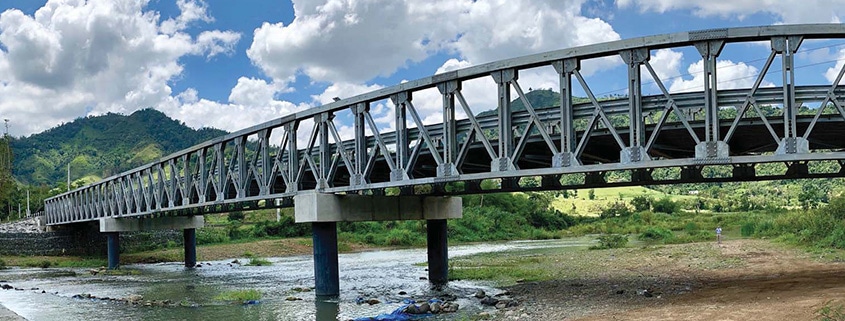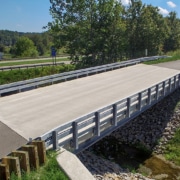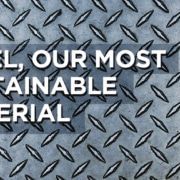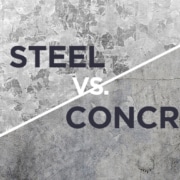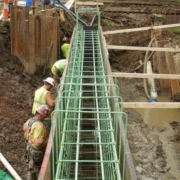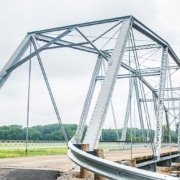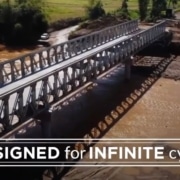Why We Use Steel Galvanizing for Bridges
A new bridge is a piece of infrastructure that will serve communities and transportation for decades. They must be built to last with the strongest and most durable materials. With hot-dip galvanizing, U.S. Bridge builds bridges that minimize maintenance and long-term durability regardless of the environment.
We’ve been galvanizing bridges since 1987, and we were the first to hot-dip galvanize an entire welded truss bridge. By bonding zinc to our U.S.-manufactured steel, we’re building long-lasting, reliable bridges with a sustainable process.
The Galvanizing Process
To galvanize steel, thorough cleaning of the steel is absolutely necessary. This is because zinc will only react with clean steel during the hot-dip process. Areas that are not perfectly clean will interfere with the process.
Before the Hot-Dip
Before hot-dip galvanizing, the surface must be prepared. This process includes degreasing, pickling, and fluxing.
Degreasing is the first step in cleansing the steel. It remotes dirt, oils, and organic residue. Next is pickling, which removes the iron oxides and scales from the steel’s surface to expose a bare area for galvanizing. Finally is the fluxing process, which prepares the steel for the hot-dip phase by applying a protective saline layer.
Hot-Dip Galvanizing
After the cleaning process, the steel is immersed in a kettle bath of 85% pure molten zinc at 830° F. The zinc reacts with the iron steel to form metallurgically-bonded coating. Once the steel reaches the bath temperature, the bonding is complete.
Once the steel cools down, an inspection verifies that it conforms to specifications. This includes a visual inspection and a magnetic thickness gauge that measures the coating.
Galvanizing Improves Bridge Life Cycle
The cost of hot-dip galvanized steel is roughly the same as painting a bridge. While a quality paint coat must be touched up, zinc-coated steel does not need maintenance over the bridge’s life.
However, the galvanized steel eliminates corrosion for up to 100 years in many cases. According to one study, the future maintenance of bridges can be reduced by 50% with galvanizing. With galvanized steel, the average service life is 8.5% longer. In fact, at U.S. Bridge, we have a 35-year warranty on our galvanized steel beam bridges — we’re that confident in lasting quality of galvanization.
Environmentally-Friendly
There are several environmental advantages to hot-dip galvanizing, beyond just the financial and durability impact. The key to sustainable construction of bridges is to continually lower the environmental impact of producing products. This is possible with zinc and steel.
Both zinc and steel are two naturally occurring, abundant elements. Ore — which steel is composed of — is the fourth-most abundant element on Earth. Zinc is 24th. Both are infinitely recyclable without the loss of physical or chemical properties. These materials can be used over and over without compromising their integrity.
With less maintenance, galvanizing will also prevent potentially harming environments during maintenance and traffic delays.
Build Sustainable Bridges with U.S. Bridge
In summary, hot-dip galvanizing steel is about the savings on the life-cycle of your bridge and the environmental benefits. With decades of experience in hot-dip galvanizing, we guarantee the highest level of quality in our steel bridge parts.
U.S. Bridge has been serving communities for more than 80 years, building bridges that withstand time. Our bridge experts will advise you on the best option for your bridge. Contact us today and let’s talk about how we can make your bridge project a long-lasting success.

